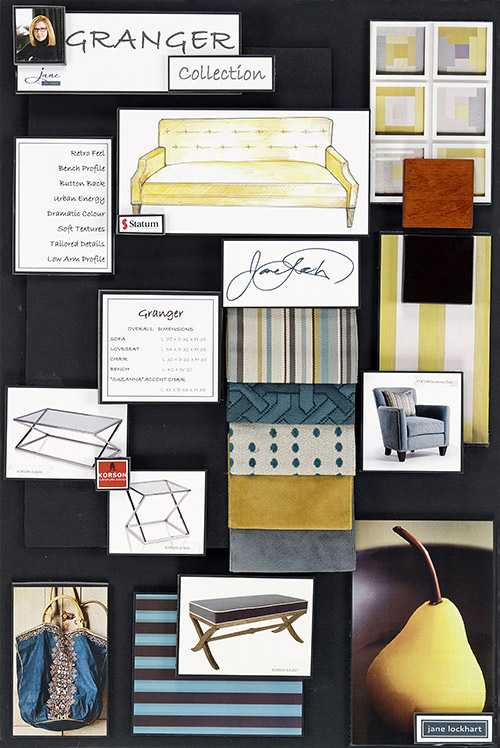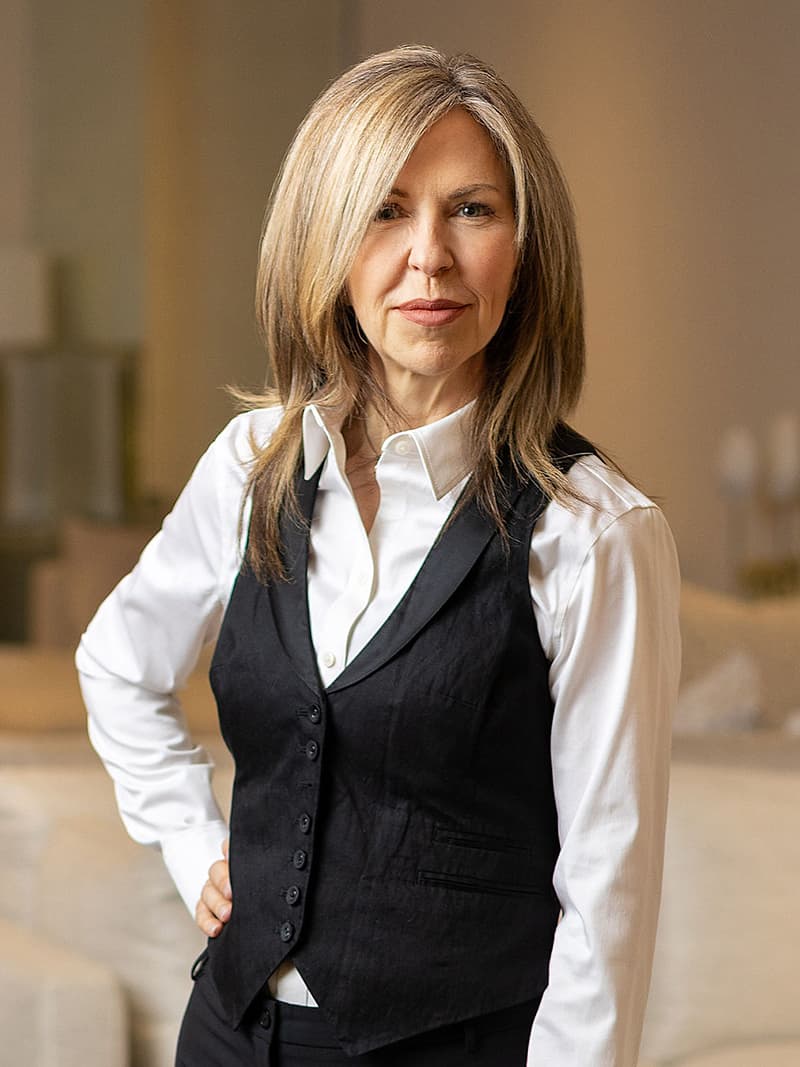The creative process is one that people often wonder about…how do new ideas get generated and then produced? For us in an interior design firm, we all travel, draw and record things we see no matter what we are doing. As a creative group of people we like to clip pictures and save samples, tiny scrapes of “life”, so that we can review them later and see if they connect us to another thought or solve a problem stored in the back of our minds.
Ultimately, creativity in interior design is problem solving in a unique way, or following a path “less travelled” to develop a solution that works best for the client. It is expressing that solution that can be the challenge so that everyone can quickly understand and agree on the solution without retracing steps or experiencing latent doubt.
Mood Boards
A mood board is a method we use to capture the flavour and feel of a developed idea that we want to share. It allows us to paste samples, colours, textiles and images that more fully express our holistic solution to a question. In this tactile form, it let’s viewers better fully interact with our process of thinking and better relate to our direction. I like to think of mood boards as “round” or 3 dimensional thought “wedges” that show all sides of a solution. They often nudge viewers to physically interact with our concept in a more personal way as the viewer relates to a specific element on the board that has individual significance for them.

Mood boards do just that — they illustrate the mood that we wanted to capture with a particular solution. These boards aren’t always neat or tidy but they allow for discussion between us and the client as we strive to capture their needs, desires and emotions in what is ultimately a static solution, whether its a piece of furniture or a room setting.
Take a look at the Mood Boards page in the furniture section of our site for some more examples.

